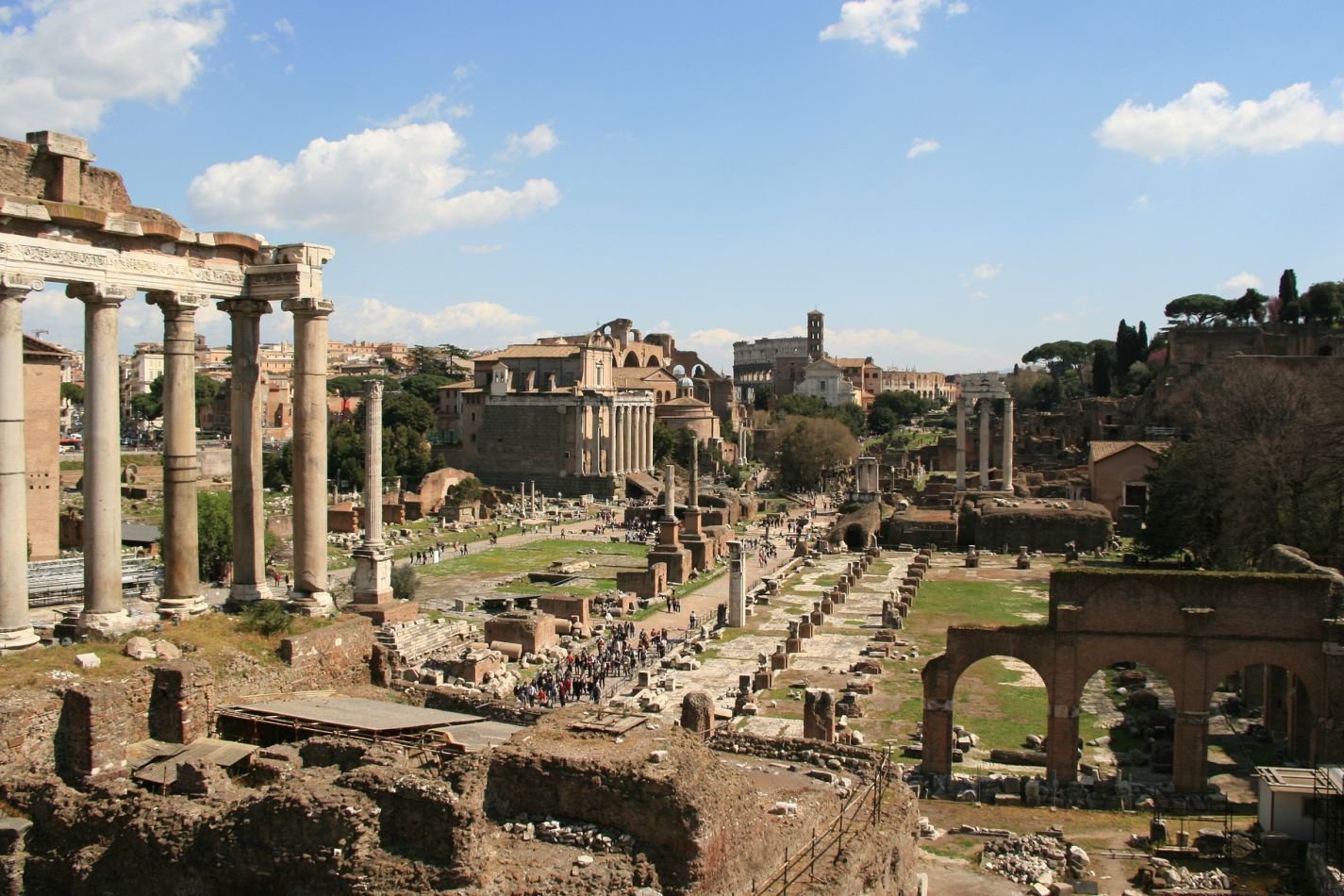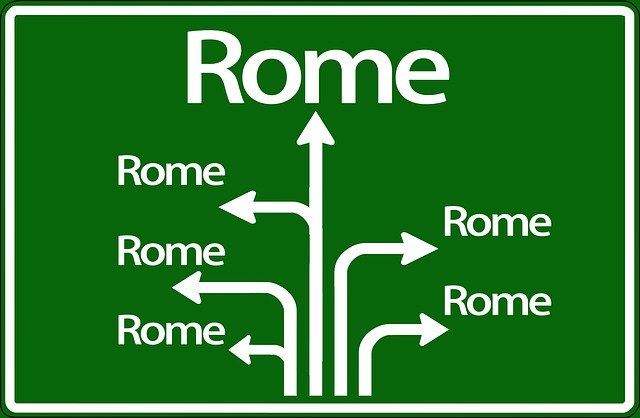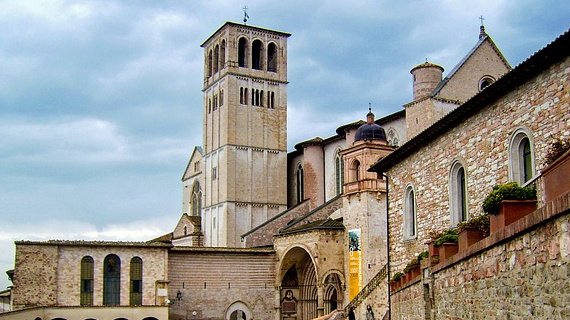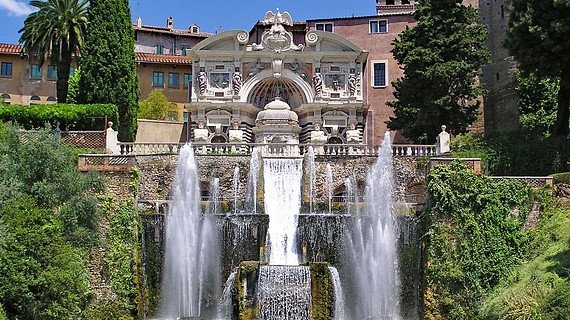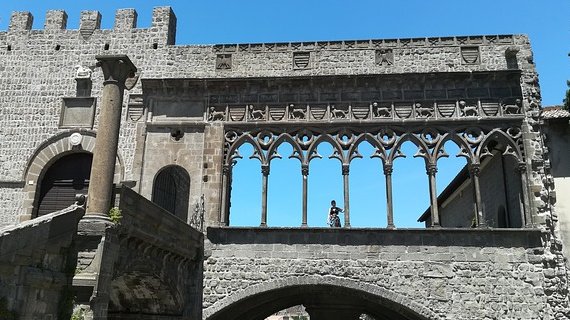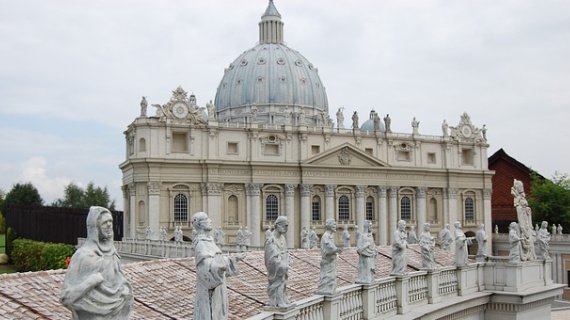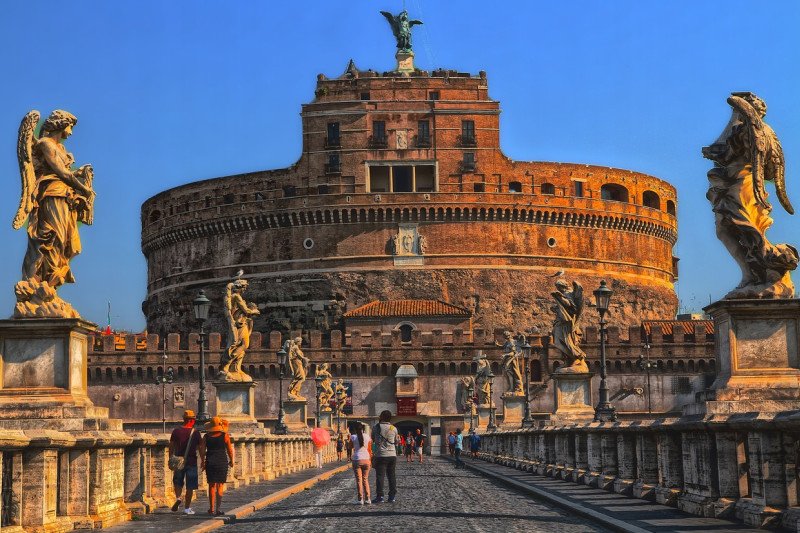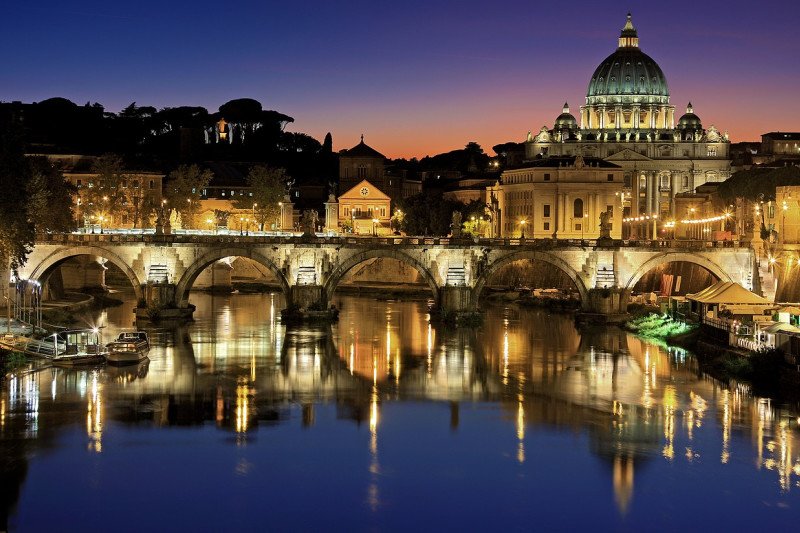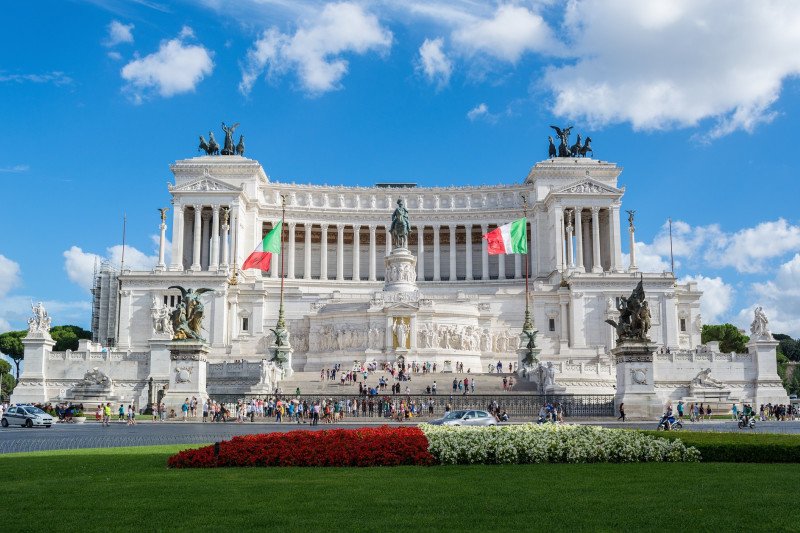La Cucina Romana
Italian cuisine is beloved throughout the world but few people realize that each region of Italy has its own unique dishes. To taste Rome’s famous “cucina povera” dishes, you have to eat a traditional trattoria in the Eternal City. Rome is lauded for its pastas, including amatriciana, carbonara, gricia and cacio e pepe as well as its thin Roman-style pizza and pizza al taglio, or pizza by-the-slice – a favorite street food. There is also a heavy Jewish influence in the cuisine, so you’ll find lots of artichokes, zucchini flowers and anchovies incorporated into the dishes. Be sure to try the city’s delicious fried artichokes during your time in Rome.
Art
Stumble into just about any church and you’re likely to see some impressive art and architecture. There are a few, however, with altars by Caravaggio and other Renaissance and Baroque masters that will leave you awestruck. On Piazza del Popolo, the church of Santa Maria del Popolo holds two of Caravaggio’s masterpieces: the Crucifixion of Saint Peter and the Conversion of Saint Paul. Raphael, Bernini, and Pinturicchio also contributed to its splendid interiors. Near Piazza Navona, the smaller, unassuming church of San Luigi dei Francesi displays three of Caravaggio’s greatest works: the Calling of St. Matthew, Matthew and the Angel, and Matthew’s Martyrdom.
Architectural Prowess
The ancient Romans were lauded for their architectural and engineering artistry, and testaments to their brilliance still stand throughout the city. A visit to Rome brings you up close with monuments and constructions that influenced building practices and trends over centuries and across continents, including the Colosseum, the world’s largest amphitheater. If you venture outside the historic center, you’ll also see Via Appia Antica, an ancient road that made the most of cobblestone techniques, and the aqueducts, an innovative way to bring large quantities of water into the city.
Shopping
Take a mid-afternoon break and have coffee at the Illy kiosk at the Galleria Alberto Sordi. The galleria, which dates to 1922 and features stained-glass skylights and mosaic floors, is one of Europe’s most gorgeous places to shop. Check out stores like La Rinascente (Italy’s Macy’s), Zara, Massimo Dutti, and the Italian mega bookstore La Feltrinelli. For designer boutiques, walk along Via Condotti and the surrounding streets. For vintage and Italian heritage brands, stroll through the Campo Marzio.
